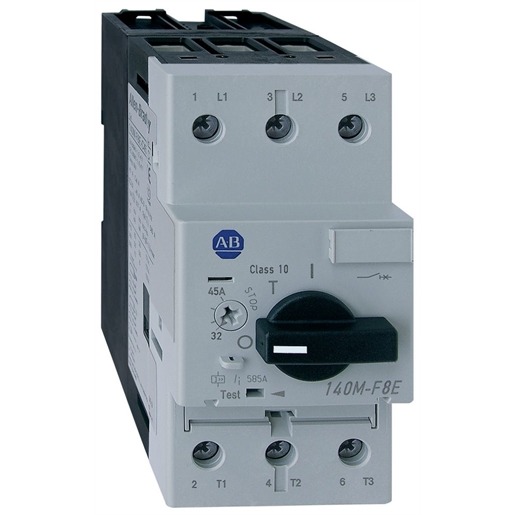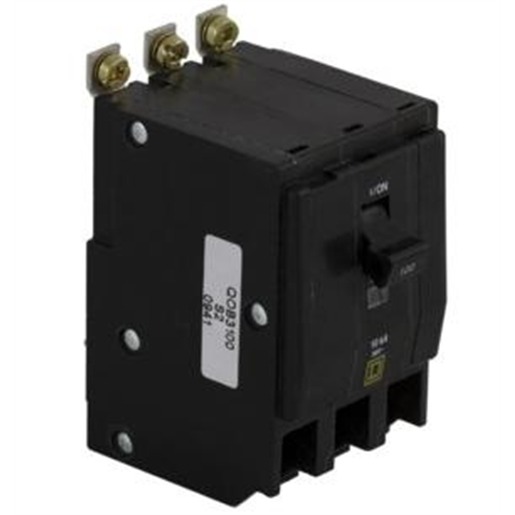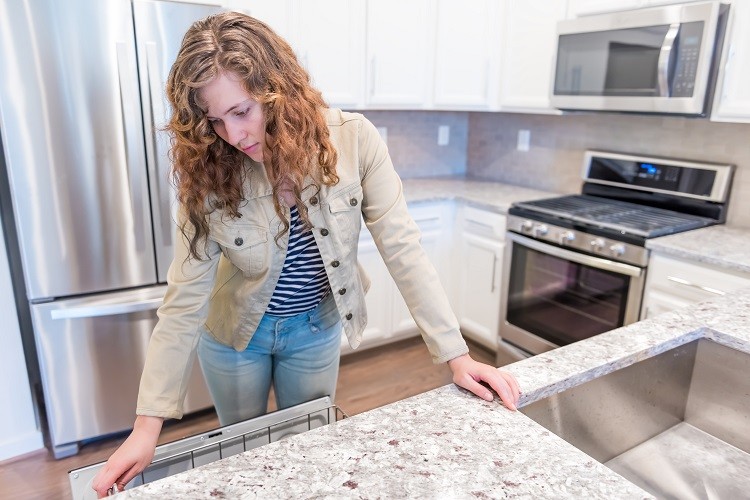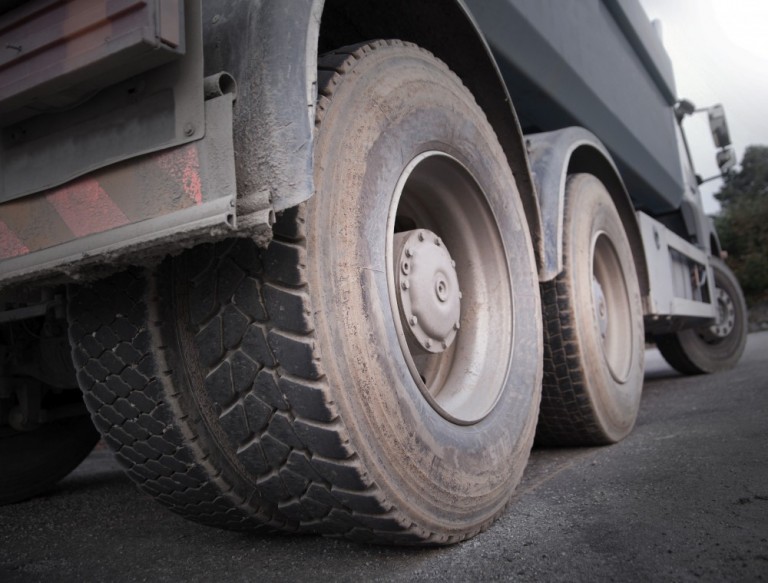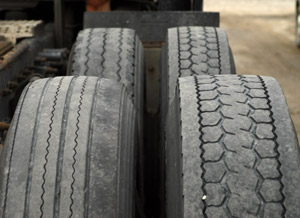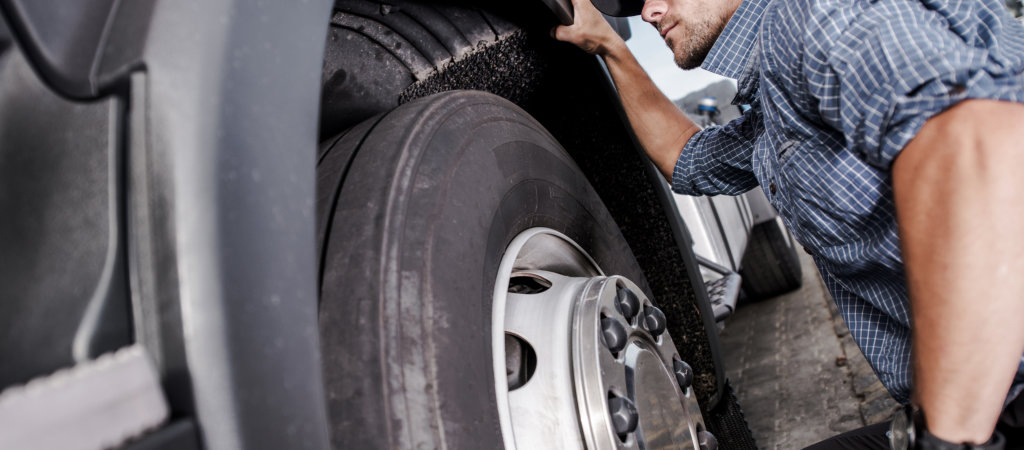The ultimate guide to cleaning laminate floors
What are laminate floors?
A hybrid floor covering, laminate flooring is installed much like real hardwood – multiple boards joined with a tongue-and-groove system. Unlike hardwood flooring, however, a piece of laminate flooring is made up of multiple layers:
- A wear layer of durable plastic that protects the layers below
- A pattern layer that gives the floor its attractive appearance
- A core layer (also called a substrate) made of high-density fiberboard (HDF) to give the floor its heft and shock absorbance
- A balancing (or backing) layer that works as a moisture barrier and stable base.
Laminate flooring is a popular solution for those who want the aesthetic of hardwood or stone flooring without the exorbitant price tag.
The best way to clean wood laminate floors? Prevention!
The optimal way to keep your laminate floors clean is to stay on top of routine maintenance. Consistent once-over cleaning will keep them in much better condition than an occasional attempt at a deep scrub.
Sweep or vacuum
The simplest of all floor-cleaning routines. Dirt doesn’t just affect the look of your home, it also causes tiny scratches in laminate that build up to dull the surface of your floors. You should sweep or vacuum your laminate flooring at least once a week.
To ensure your broom or vacuum isn’t scratching your floors, employ the use of a soft dust mop and ensure your vacuum’s brush is in the ‘up’ setting.
Wipe up spills ASAP
Laminate floors seem like they are totally waterproof, but they’re not. Liquids will seep in over time (think of those small leaks that can build up under fridges). The best advice is to clean up the spill and then use a completely dry cloth or paper towel to remove all dampness.
Wash with plain hot water
Hot water really is an effective cleaning agent for floors: it cuts grease, melts dirt and is lethal to microbes. As it contains no harsh chemicals, there is little chance of it damaging your floors. A monthly wash-down is usually sufficient if you’re also following a weekly sweeping routine.
As laminate floors are sensitive to water, it’s important though to wring your mop out until it is just damp, not wet, when you apply it to the floor.
Always use saucers under your houseplants
Water damage to laminate flooring can be catastrophic, so it’s important you prevent water exposure where possible. Houseplants should always sit in a saucer to catch any excess when watering or seepage through the pot.
Close the blinds during the harshest times of day
Sun bleaching of laminate floors is a tricky customer – often people don’t realise what’s happened until they move their furniture and find two-toned laminate. To help prevent sun damage, ensure you close your blinds against the sun during the harsh midday and early afternoon hours.
Apply furniture pads
Furniture pads are an oft-overlooked godsend when it comes to maintaining your laminate flooring. Without them, you risk scratches or even large gouges in your floor. So, do yourself a favour and spend the extra few dollars on preventative furniture pads. Your laminate floors will thank you.
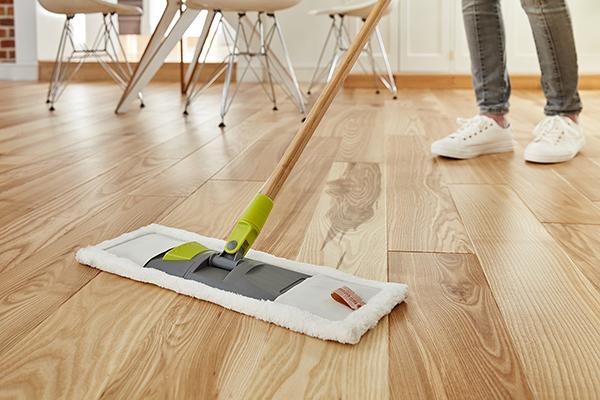
Tips For Making Your Laminate Wood Flooring Last
If you’ve recently invested in new laminate wood flooring, you probably love it for its super-realistic wood look, its exceptional affordability and, of course, its low-maintenance appeal. We all know that no floors are zero-maintenance, and it takes a little bit of effort to ensure that they stay in play for as long as possible. Indeed, laminate floors are made of multiple wear layers that provide exceptional strength, but they are not indestructible. Understanding how to prevent damage and routinely cleaning and addressing accidents will translate to many years of quality use.
Here are a few simple ways to keep your laminate floors in fantastic condition, even if you’ve got a particularly busy home, complete with kids and pets
Rule No. 1: Keep It Cool and Dry
As a general rule, laminate and water do not mix, though there are new water-resistant laminate hardwood flooring options available which include our Palmetto Road Brunswick collection and Beauflor Hydrana collection. All laminate is made with layers of composite wood, which can become irreversibly damaged by buckling, warping, swelling and the growth of mold and mildew if exposed to excess moisture. Here are a few tips for keeping your floors dry:
- Make sure to always wipe up spills immediately.
- If it’s a humid day, run a dehumidifier or an air conditioner.
- Keep the room at between 55 and 85 degrees Fahrenheit.
- Always damp-mop your floors. Never saturate the laminate while cleaning.
- Don’t let cleaner sit on the floor too long, even in small amounts.
- If you have kids, only allow them to drink from spill-proof cups.
Rule No. 2: Prevention Is Essential
You know what they say—an ounce of prevention is worth a pound of cure! This is especially true as it pertains to floor care. The right protective products will help give your floor a layer of protection so that it’s shielded from scratches, dents, nicks and damage to the finish. Here are some ways to keep your laminate floors imperfection-free:
- At entryways, cover floors with dense walk-off mats to prevent snow, rain, mud and dirt from damaging the floors.
- Always use felt protectors on the bottom of furniture legs to put a layer of cushion between furniture and your floors, preventing surface damage.
- Don’t let the floor come into contact with anything sharp! Keep your pets’ nails trimmed and avoid wearing pointy heels.
- Avoid exposure to direct sunlight. Use blinds or curtains and cover floors with area rugs to keep it protected from UV damage.
Rule No. 3: Clean the Right Way
Low-maintenance doesn’t mean no cleaning ever, but it does mean laminate is a bit less fussy than other types of flooring, including some types of hardwood. It’s all about finding the right routine and the right balance. Make sure to set yourself up with a solid routine that’s easy to follow so you don’t miss any important steps.
- Sweep or dust mop at least twice a week to remove any surface dirt and debris from sitting on the floor, which could damage the finish.
- Vacuum the floor using the hard-surface floor setting at least once a week.
- Clean with your recommended floor cleaner (noted in your floor’s care and maintenance documents) once a week or once every other week.
- Occasionally clean with revitalization products to make floors shine like new.
Rule No. 4: If Necessary, Make Repairs
While laminate is made of composite wood layers, it’s not able to be sanded down and refinished like hardwood because the top is a wood-look print film product. However, that doesn’t mean that every time your floor is damaged you must immediately rip it out and start anew. Some issues can be addressed relatively easily with special products and techniques. The following tips will help you address any serious laminate damage.
- Keep extra planks on hand. Remember, they can be swapped out on a one-for-one basis if damage is serious.
- If damage is small, you may be able to address the problem with a floor filler product to negate the need for plank replacement.
- Hairline scratches and minor imperfections may be concealed with a wax pencil.

Sealing Laminate Floors: The Pros and Cons
This quick list of pros and cons will help you decide whether you’d like to leave your installation as-is, or go forward with the task of applying sealant to laminate flooring.
Pros
- The right sealant provides excellent spill protection.
- When you seal laminate floor expansion spaces in kitchens and bathrooms, there’s less risk of subfloor damage in the event of a large spill or leak.
- Sealant is inexpensive.
- It’s easy to apply sealant to a laminate floor.
Cons
- Some laminate flooring brands are not designed to be sealed.
- Laminate floors can be slippery and dangerous when sealant is applied to the entire floor.
- When sealant is applied to laminate flooring against manufacturer’s recommendations, the floor warranty may be voided.
The sealing process starts with the installation of the flooring. You should always use a PVA Type II glue when installing laminate flooring. This provides sealing for the space between planks. Always buy this adhesive in a bottle with a nozzle, as this allows you to regulate how much adhesive comes out. You don’t want it coming up between the seams, to the point where it is visible on the surface of your floor.
Never apply floor sealant over a floor that has been waxed; the sealant will not stick. If the floor has ever been waxed, the wax will need to be fully removed, before any sealant can be applied. Normal floor-stripper can be used to remove the wax. Just be sure to do a thorough job, as the wax might not come up with the first application of stripper.
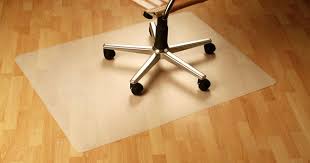
How To Protect Laminate Flooring
Laminate flooring comes in many different materials. Some wood flooring is just hardwood lumber like oak, cherry, or maple milled to the proper dimensions. People also use softwoods like pine for flooring. There are laminates that are built up with an HDF center and waxed edges to resist moisture. HDF means high density fiberboard.
Regardless of what material your laminate flooring is made from, you still will want to protect that shiny finish from scratches, scuff marks, dents, and other damage made by furniture legs.
There are a number of different ways to protect your laminate flooring finish.
Cane tips
- Cane tips are rubber cups that usually are applied to the ends of canes. They come in several sizes that you can find in most hardware stores and home centers. Just buy the size that fits your chairs’ legs and push them into place.
Felt discs
- They have an adhesive on one side that sticks them to the bottom of furniture pieces. They work best on pieces that do not bear much weight. They do compress and they will wear out so they will need to be changed periodically.
Plastic discs
- Different shaped plastic discs come with a pad on one side. Some discs have adhesive on the pad so it will stick to the furniture feet. Other discs simply sit under the furniture foot and a small rim holds the pad in place. The hard plastic bottom will allow the furniture to slide around on the floor without damaging it.
- These work best under heavy pieces of furniture like sofas, couches, pianos, overstuffed chairs and recliners.
Carpet pieces
- Small pieces of carpet work well to protect laminate flooring surfaces but they can be difficult to match to the floor finish and the edges tend to fray over time.
- They are best used where they are hidden under the furniture.
Clear soft rubber pads
- Clear soft rubber pads like carpet runners are a good choice when you want to see the floor surface. They do not slide around and are silent while you are sitting on the furniture.
Tips
Be careful when choosing the type of flooring protectors you want to use. Take issues like tripping or moving the furniture into consideration as well as design criteria like shape and color.
Use your imagination and try out different materials like thin pieces of high quality plywood, or heavy upholstery fabrics. The choices are almost endless. For those who like to reorganize, moving furniture around the house, or tackling that spring-cleaning project, furniture protectors are the perfect choice to help maintain that like new finish on your laminate floors. Choose the type of protector that best suits your taste, your needs, and your furniture and enjoy that long-lasting laminate floor shine.
Restore The Shine On Your Laminate Floor
As laminate flooring gathers dirt over time it will lose its original shine. Instead of leaving the floor looking dull and dirty, homeowners should spend a little time and effort to restore the shine on their laminate flooring.
Dirt can be easily cleaned away by vacuuming or sweeping. Hard debris and small rocks should be cleaned away gently as they can scratch the laminate surface. After the dust and debris are removed, use a cloth-strip mop to mop the floor. Many homeowners use cleaning products when they mop their laminate floors, but most of the time, using water is good enough. Put some vinegar in the water to prevent water spots from forming. Squeeze out as much water as possible when mopping, so that the floor can dry more quickly.
If cleaning and mopping do not put the shine back on your laminate floor, it is likely that the floor is coated with residue. Residue can accumulate over time from a build up of cleaning products and is more difficult to remove than the usual dirt and debris. To remove residue without damaging the laminate flooring, put some vinegar on a clean cloth and wipe a small part of the floor. Keep wiping until a shiny spot is revealed under the residue. Then continue to work on the rest of the floor until it becomes shiny again.
Some laminate floors are dull because they are old, and not much can be done to put the shine back on them. If removing the residue fails to make the laminate floor shine again, then the surface of the floor is probably worn out. In this case, a floor shiner can be used to recreate the original look. Applying a coat or two of floor polish can also be effective in reviving the shine.








